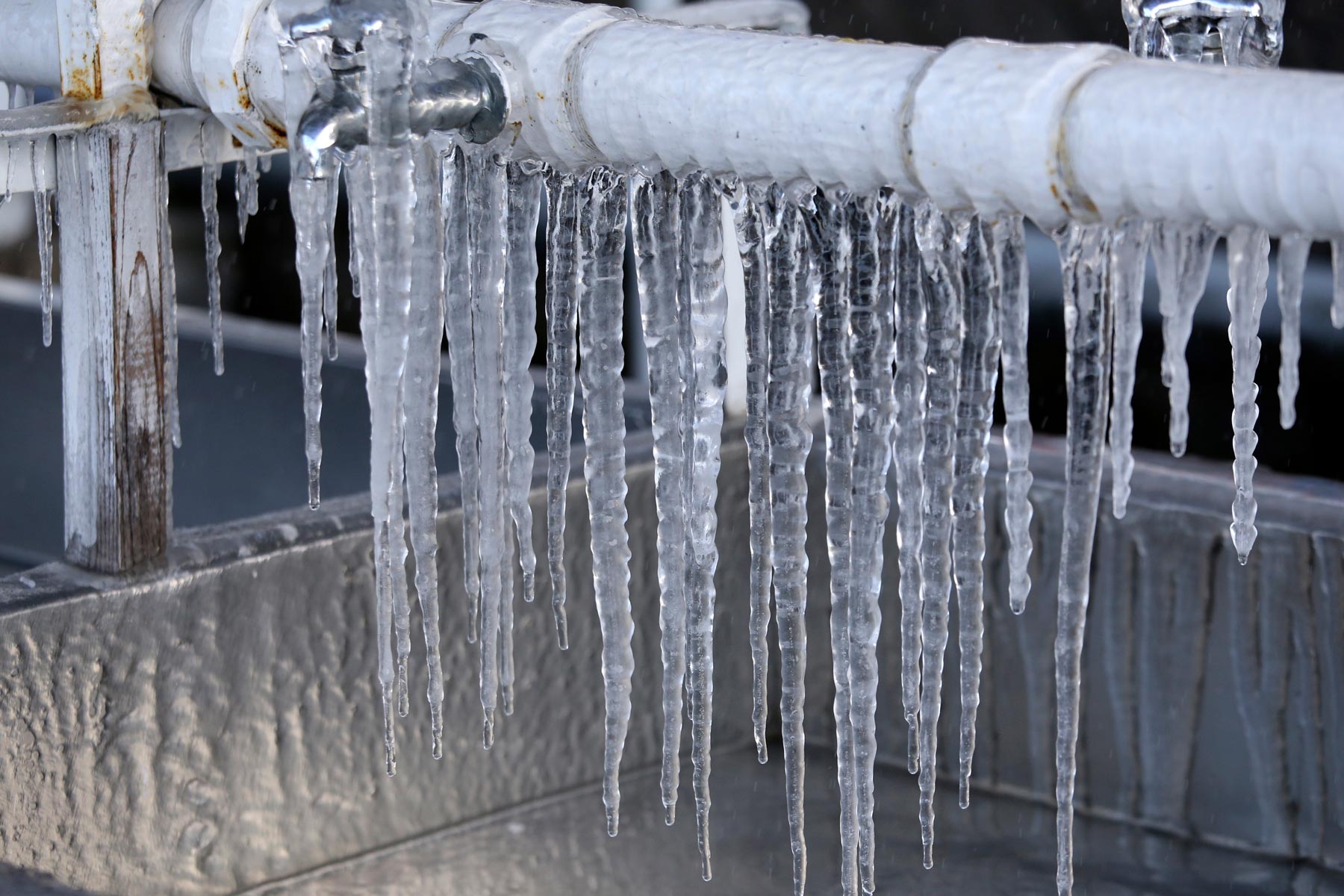Safeguarding Your Pipes from Freezing Issues: Essential Tips
Safeguarding Your Pipes from Freezing Issues: Essential Tips
Blog Article
What're your ideas with regards to 6 Ways to Prevent Frozen Pipes?

Winter can wreak havoc on your pipes, specifically by freezing pipes. Below's exactly how to stop it from taking place and what to do if it does.
Introduction
As temperatures decrease, the danger of frozen pipes increases, possibly leading to expensive repair services and water damages. Comprehending how to prevent icy pipes is crucial for property owners in cold environments.
Understanding Frozen Pipes
What causes pipes to freeze?
Pipes freeze when exposed to temperatures below 32 ° F (0 ° C) for prolonged durations. As water inside the pipelines freezes, it increases, putting pressure on the pipe walls and potentially creating them to break.
Risks and problems
Icy pipes can result in water system interruptions, home damages, and costly repair work. Burst pipelines can flooding homes and cause substantial structural damages.
Indicators of Frozen Water Lines
Determining frozen pipelines early can avoid them from rupturing.
Just how to determine frozen pipes
Look for reduced water flow from faucets, unusual odors or sounds from pipes, and visible frost on exposed pipes.
Avoidance Tips
Shielding susceptible pipes
Wrap pipelines in insulation sleeves or make use of warmth tape to shield them from freezing temperatures. Focus on pipelines in unheated or external locations of the home.
Heating techniques
Maintain indoor areas sufficiently heated, specifically locations with plumbing. Open up cabinet doors to permit warm air to distribute around pipelines under sinks.
Safeguarding Outdoor Pipes
Yard hose pipes and exterior taps
Separate and drain pipes yard hose pipes before winter. Set up frost-proof faucets or cover outdoor taps with shielded caps.
What to Do If Your Pipes Freeze
Immediate activities to take
If you presume frozen pipelines, keep taps available to alleviate pressure as the ice melts. Utilize a hairdryer or towels taken in warm water to thaw pipelines gradually.
Long-Term Solutions
Architectural modifications
Think about rerouting pipes away from exterior wall surfaces or unheated locations. Include additional insulation to attics, basements, and crawl spaces.
Updating insulation
Buy high-grade insulation for pipelines, attics, and wall surfaces. Appropriate insulation helps keep consistent temperature levels and minimizes the danger of icy pipes.
Conclusion
Protecting against frozen pipelines requires aggressive steps and fast reactions. By recognizing the causes, indications, and safety nets, property owners can shield their plumbing throughout cold weather.
5 Ways to Prevent Frozen Pipes
Drain Outdoor Faucets and Disconnect Hoses
First, close the shut-off valve that controls the flow of water in the pipe to your outdoor faucet. Then, head outside to disconnect and drain your hose and open the outdoor faucet to allow the water to completely drain out of the line. Turn off the faucet when done. Finally, head back to the shut-off valve and drain the remaining water inside the pipe into a bucket or container. Additionally, if you have a home irrigation system, you should consider hiring an expert to clear the system of water each year.
Insulate Pipes
One of the best and most cost-effective methods for preventing frozen water pipes is to wrap your pipes with insulation. This is especially important for areas in your home that aren’t exposed to heat, such as an attic. We suggest using foam sleeves, which can typically be found at your local hardware store.
Keep Heat Running at 65
Your pipes are located inside your walls, and the temperature there is much colder than the rest of the house. To prevent your pipes from freezing, The Insurance Information Institute suggests that you keep your home heated to at least 65 degrees, even when traveling. You may want to invest in smart devices that can keep an eye on the temperature in your home while you’re away.
Leave Water Dripping
Moving water — even a small trickle — can prevent ice from forming inside your pipes. When freezing temps are imminent, start a drip of water from all faucets that serve exposed pipes. Leaving a few faucets running will also help relieve pressure inside the pipes and help prevent a rupture if the water inside freezes.
Open Cupboard Doors
Warm your kitchen and bathroom pipes by opening cupboards and vanities. You should also leave your interior doors ajar to help warm air circulate evenly throughout your home.

I'm just very drawn to How To Avoid Freezing Pipes and I really hope you enjoyed reading our blog entry. Enjoyed reading our blog posting? Please share it. Help somebody else discover it. I appreciate reading our article about Winter Plumbing Precautions: Preventing Frozen Pipes.
Call Report this page